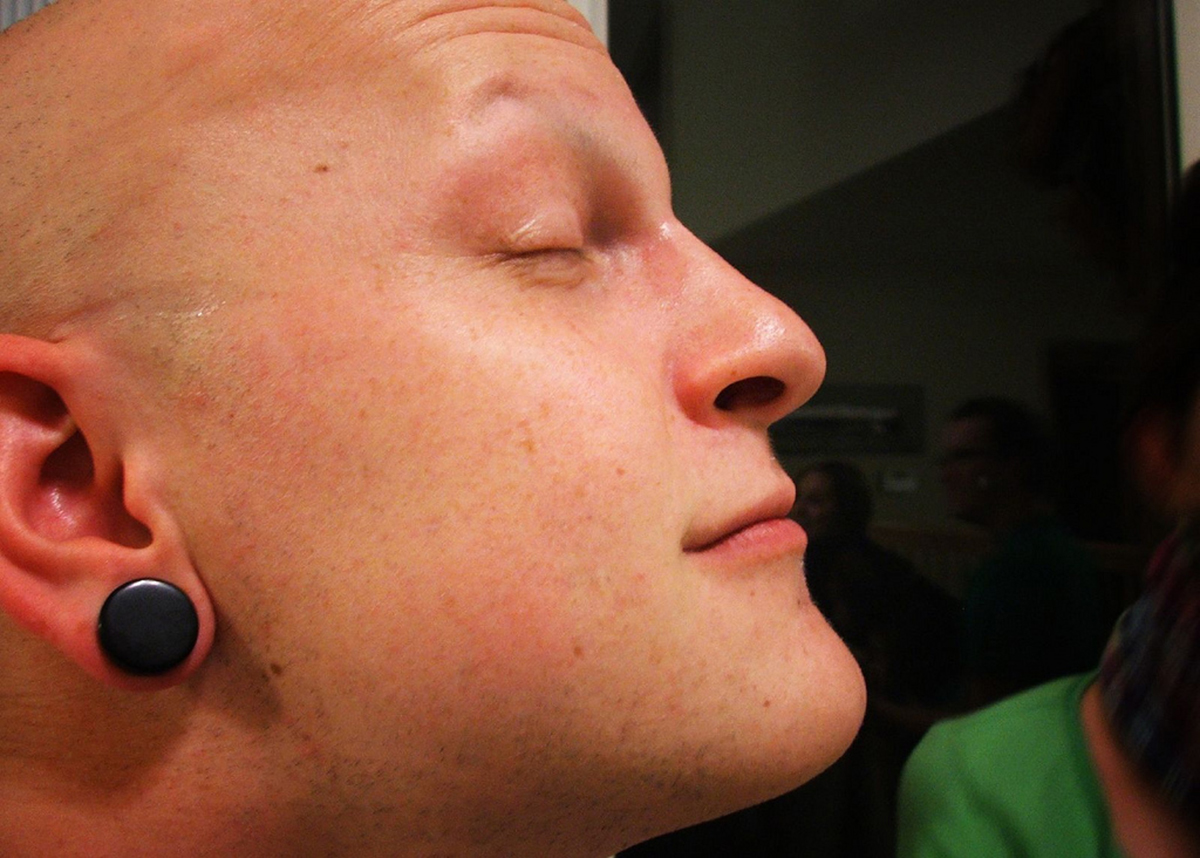Table of Contents
For Hodgkin and NHL, the symptoms are the same. However, one key feature in Hodgkin Lymphoma is the Pel-Ebstein fever or cyclic fever, which increases and then suddenly decreases within 1 – 2 weeks, and starts all over again.

A very important symptom in all types of lymphomas is the painless enlargement of the lymph nodes (in the neck, mandible, axillary, shoulder, etc.).
Then, fever, chills, night sweats and weight loss might ensue. As the disease progresses, the enlarged lymph nodes could become painful, leading to what is referred to as “painful lymphadenopathy”. Some patients could also experience intractable back pain that doesn’t seem to be relieved by any medications. Also, bleeding under the skin (ecchmymoses, purpurae or petechiae) could also be observed in patients suffering from lymphomas.
Prevalence
Hodgkin disease is much more prevalent among specific age groups. For instance, people who are between 15 and 30 and those above the age of 50 are at higher risk of developing Hodgkin disease compared to the general population. On another note, Non-Hodgkin lymphomas affect all age groups, independently of one another. In both cases, the gender predilection is known: men are at a higher risk of developing Hodgkin or Non-Hodgkin disease compared to women.
Treatment
Like in the case of any other malignancy, treatment depends on the type of cancer, the grade and the stage of the disease. However, on a general note when it comes to lymphomas, high grade lymphomas are more curable and better treated than low grade tumors. High grade NHL responds well to aggressive chemotherapy following the CHOP or R-CHOP regimens: Cyclophosphamide, Hydroxydaunorubicin, Oncovin (Vincristine) and Prednisone. Examples of high grade lymphomas include Burkitt Lymphoma.
Unfortunately, low grade lymphomas are incurable. However, because they progress very slowly, watchful waiting is generally the first step in management, especially because those lymphomas cannot be treated. Also, the patient could go on for several years (even most of his life) without ever experiencing symptoms, and if that is the case there would be no point in initiating chemotherapy since it would not be curative, as the risks of chemotherapy would outweigh the benefits. However, when the patient starts to experience symptoms, then chemotherapy or radiotherapy are the two best options to alleviate the symptoms (such as painful lymphadenopathy).
However, if metastases have occurred, local radiotherapy should be combined to systemic chemotherapy for the best results. The commonly followed chemotherapeutic regimen for Hodgkin disease is the ABVD regimen: Adriamycin, Bleomycin, Vincristine, Dacarbazine.
See Also: What does high white blood cells count indicate?
Prognosis
It is possible that the fact that Hodgkin disease has been the object of intensive studies contributes to its highest cure rates compared to NHL. In fact, the 5 years survival rate of patients with Hodgkin lymphoma is between 60-90%, depending on the cancer grade at the time of the diagnosis. As for Non-Hodgkin Lymphomas, the prognosis depends on time stage and grade of the cancer at the time of diagnosis.
- Photo courtesy of Stephen Dickter by Flickr : www.flickr.com/photos/sdickter/3664200818
- Photo courtesy of Sarah (Rosenau) Korf by Flickr : www.flickr.com/photos/sarahrosenau/3463162248/
- voices.yahoo.com/key-differences-between-hodgkins-disease-non-hodgkins-6920656.html
- en.wikipedia.org/wiki/CHOP
- en.wikipedia.org/wiki/ABVD
- en.wikipedia.org/wiki/Hodgkin's_lymphoma#History
- http://en.wikipedia.org/wiki/Pel-Ebstein_fever http://www.medicinenet.com/script/main/art.asp?articlekey=79261

